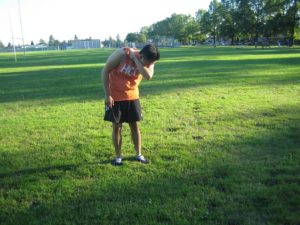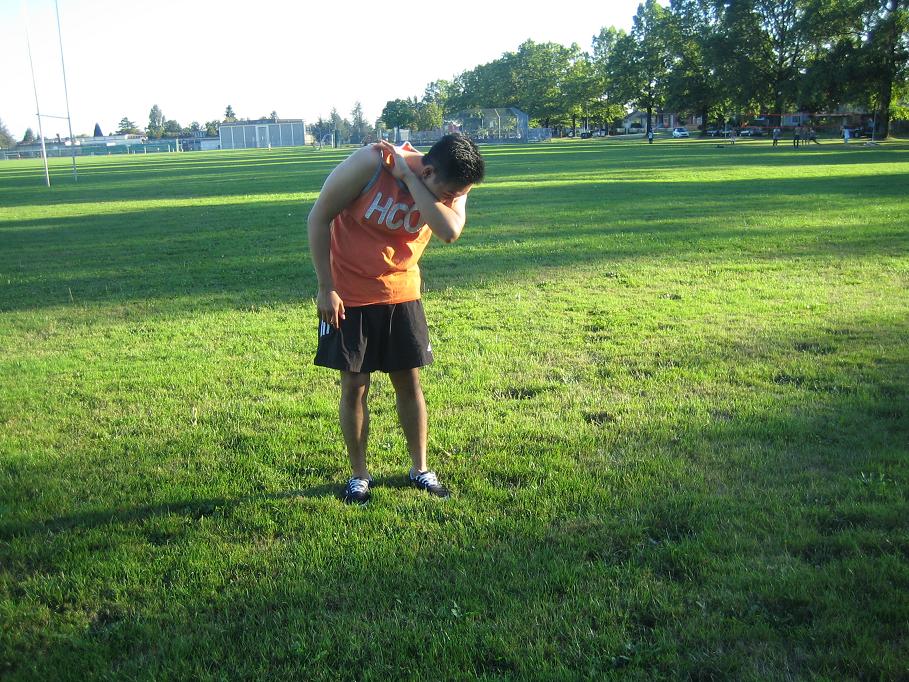Tuberculosis is an airborne communicable disease that can be deadly if not properly treated. It is a disease that initially starts as infection in the lungs but later on spread to other organs including the brain, kidneys and the spine. As a global killer, tuberculosis is uncommon in developed countries but cases of infections continues to rise in the recent years.
Close look on active tuberculosis
Once an individual becomes infected with tuberculosis, the immune system cells seal off the infection and causes the bacteria to go into an inactive state that does not trigger any symptoms and not contagious.
When the immune system is weakened, the infection becomes active which causes symptoms and becomes highly contagious. Approximately 3-5% of individuals develop active tuberculosis in a year of getting a positive result in a TB skin test or has any proof of a newly developed infection. In case the immune system is weakened for any reason, the infection becomes active, symptomatic and communicable.
Signs and symptoms

Active tuberculosis starts with a cough that produces blood-streaked phlegm that lasts 3 weeks or more and accompanied by the following:
- Fatigue
- Chest pain
- Weight loss
- Appetite loss
- Chills
- Fever
- Night sweating
Treatment for active tuberculosis
The condition is managed using antibiotics. The treatment involves 6-8 weeks of a combination of 4 drugs and then followed by 2 medications for a total length of 6-9 months. The duration of the treatment depends on the number of doses given every week. It is vital to carefully follow the instructions given by the doctor even after the symptoms subsides.
A full course of antibiotics is essential in eliminating the bacteria responsible for tuberculosis. If the instructions were not followed, it can lead to poor treatment, prolonged illness and development of antibiotic-resistant tuberculosis.
Do I have active TB?
Once an individual suspect that he/she has active tuberculosis, a TB skin test can be performed. The doctor injects a small amount of TB extracts beneath the skin on the forearm.
If there is an immune reaction to the extracts, it triggers swelling that can be detected within 2-3 days. Oftentimes, the test might be given too soon after exposure to the condition for an immune reaction to occur, usually 3-8 weeks after exposure.
The testing for active TB is carried out if the skin test is active or if an active infection is likely. These tests usually include a chest X-ray or CT scan as well as a bacterial culture or microscopic assessment of the sputum.

